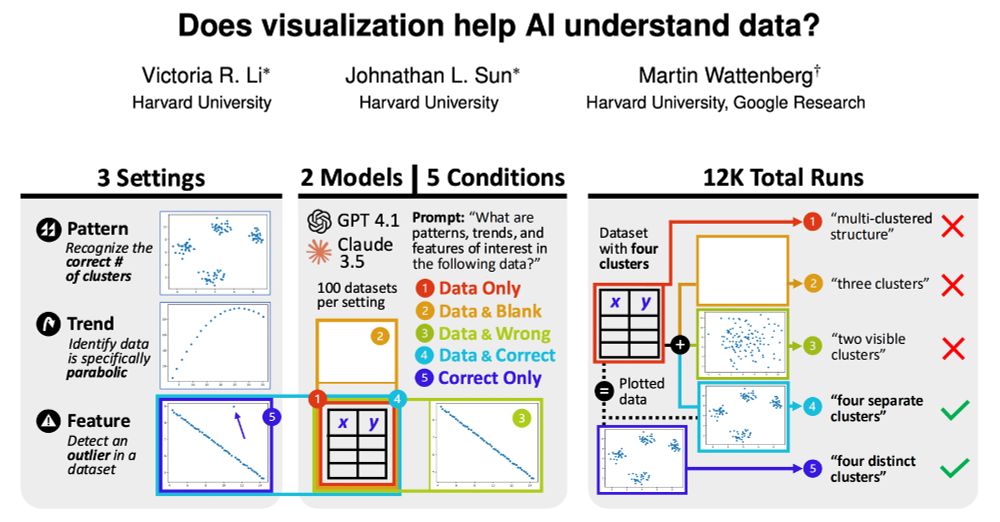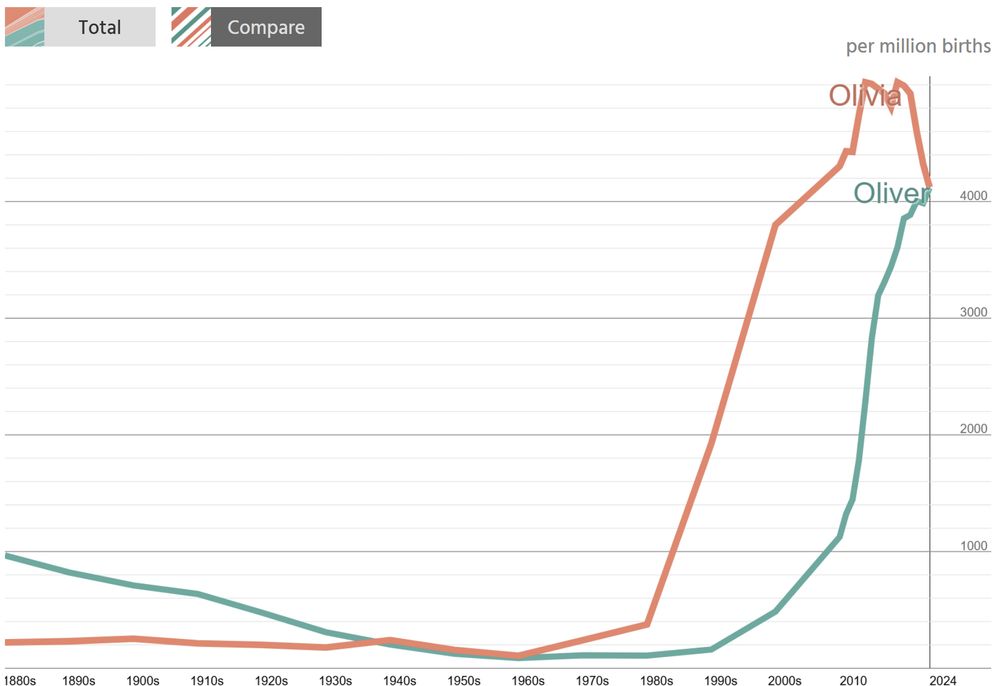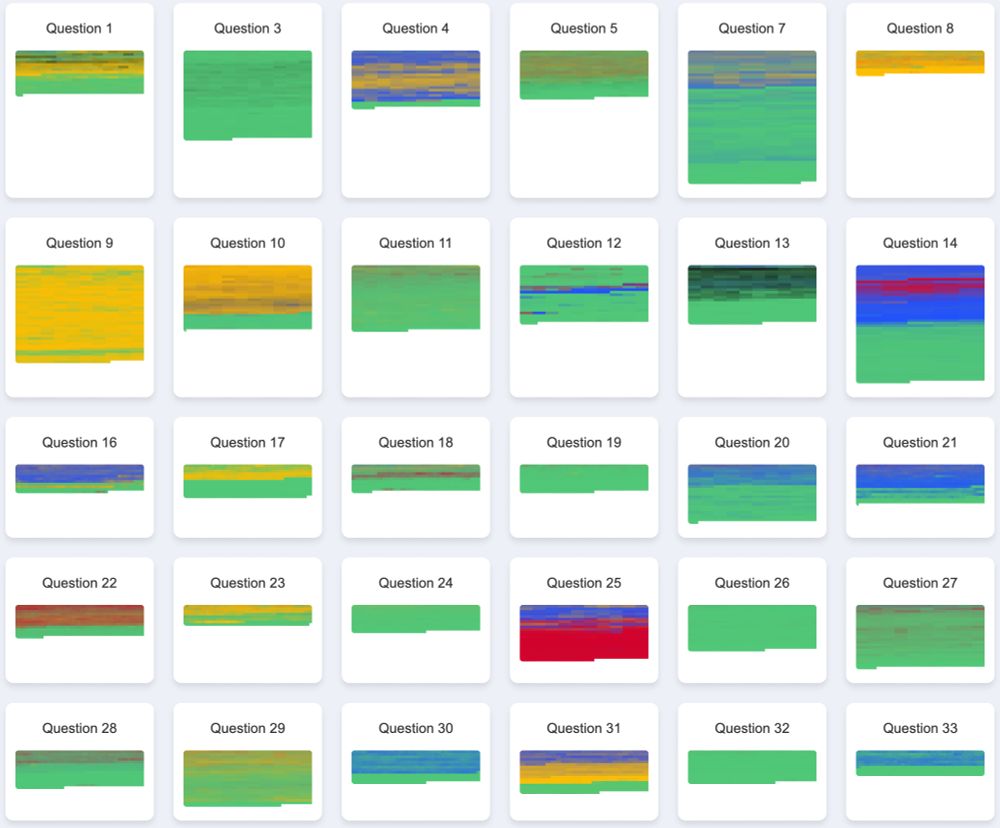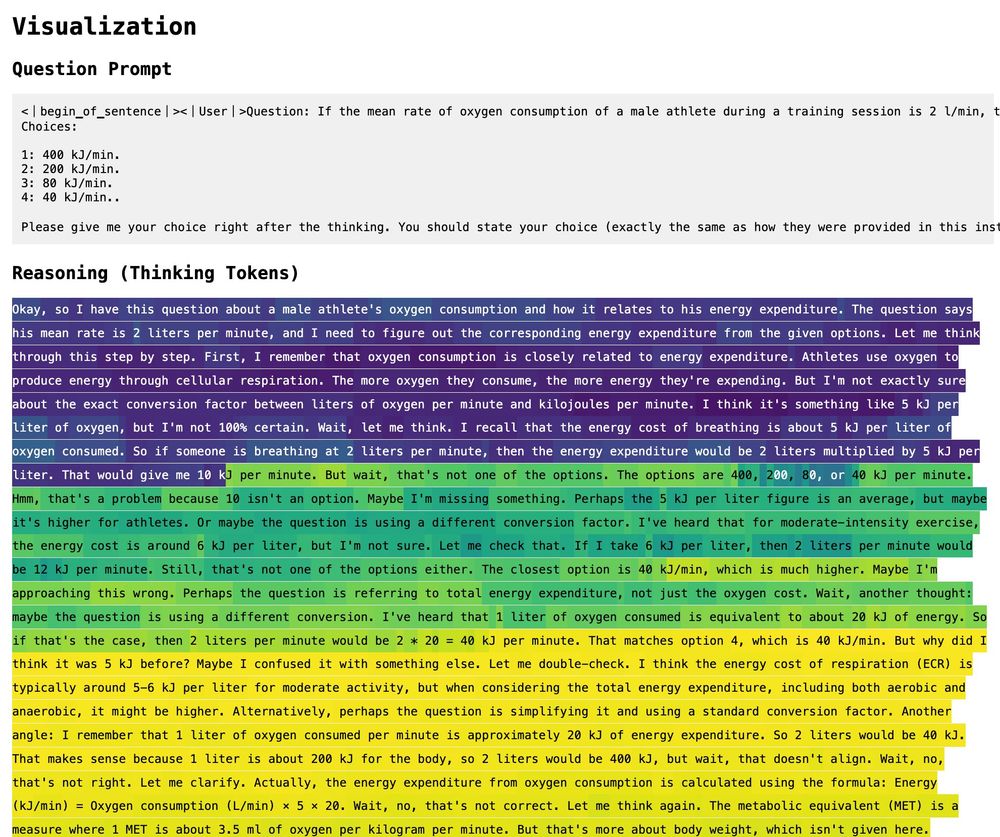Martin Wattenberg
@wattenberg.bsky.social
7.6K followers
1.2K following
390 posts
Human/AI interaction. ML interpretability. Visualization as design, science, art. Professor at Harvard, and part-time at Google DeepMind.
Posts
Media
Videos
Starter Packs
Reposted by Martin Wattenberg
Reposted by Martin Wattenberg
Martin Wattenberg
@wattenberg.bsky.social
· May 12
Martin Wattenberg
@wattenberg.bsky.social
· Mar 27
Martin Wattenberg
@wattenberg.bsky.social
· Mar 24
Martin Wattenberg
@wattenberg.bsky.social
· Mar 24
Martin Wattenberg
@wattenberg.bsky.social
· Mar 21
Martin Wattenberg
@wattenberg.bsky.social
· Mar 21
Martin Wattenberg
@wattenberg.bsky.social
· Mar 21
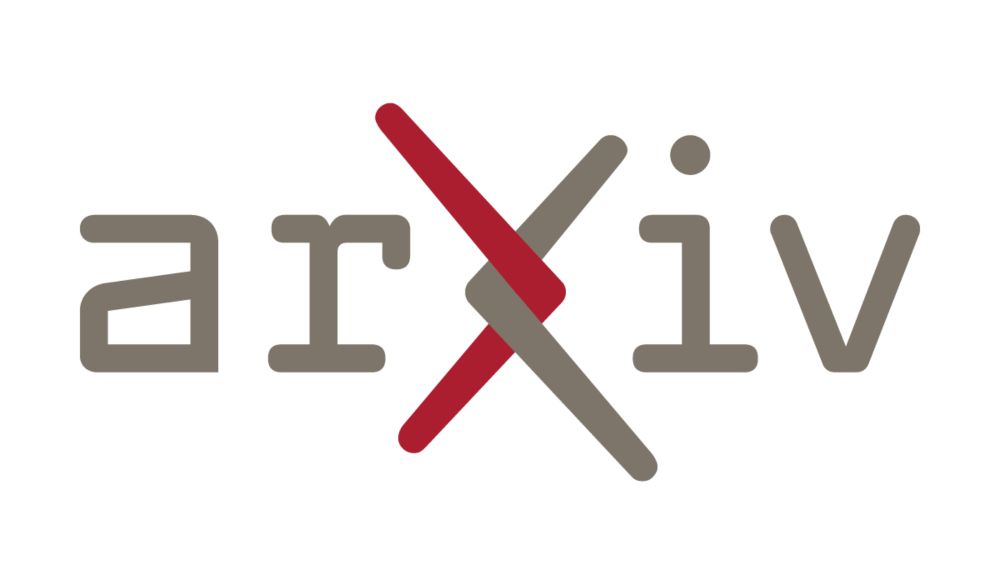
DeepSeek-R1: Incentivizing Reasoning Capability in LLMs via Reinforcement Learning
We introduce our first-generation reasoning models, DeepSeek-R1-Zero and DeepSeek-R1. DeepSeek-R1-Zero, a model trained via large-scale reinforcement learning (RL) without supervised fine-tuning (SFT)...
arxiv.org
Martin Wattenberg
@wattenberg.bsky.social
· Mar 21
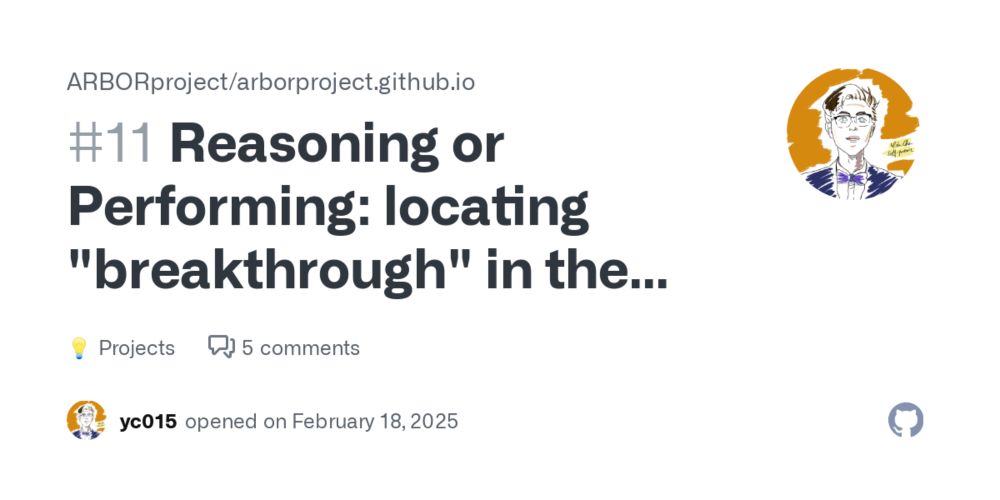
Reasoning or Performing: locating "breakthrough" in the model's reasoning · ARBORproject arborproject.github.io · Discussion #11
Research Question When asked the DeepSeek models a challenging abstract algebra question, they often generated hundreds of tokens of reasoning before providing the final answer. Yet, on some questi...
github.com
Martin Wattenberg
@wattenberg.bsky.social
· Mar 21
Martin Wattenberg
@wattenberg.bsky.social
· Feb 26
Martin Wattenberg
@wattenberg.bsky.social
· Feb 25
Martin Wattenberg
@wattenberg.bsky.social
· Feb 25
Martin Wattenberg
@wattenberg.bsky.social
· Feb 25
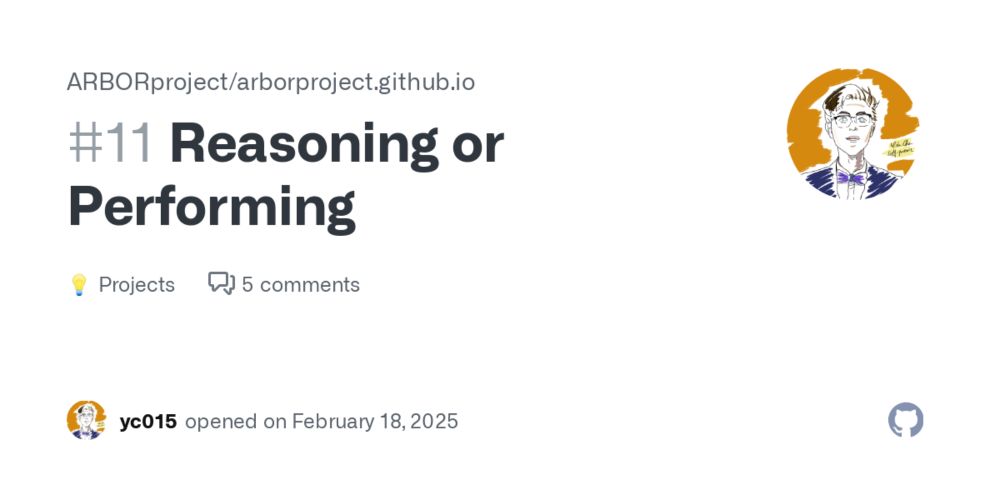
Reasoning or Performing · ARBORproject arborproject.github.io · Discussion #11
Research Question When asked the DeepSeek Distilled R1 models a challenging abstract algebra question, they often generated hundreds of tokens of CoT before providing the final answer. Yet, on some...
github.com

